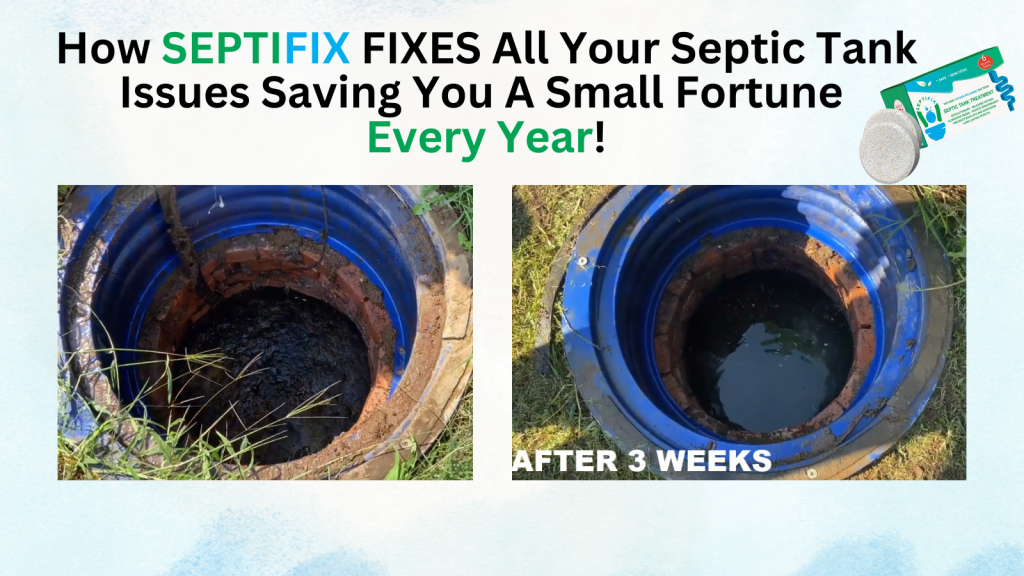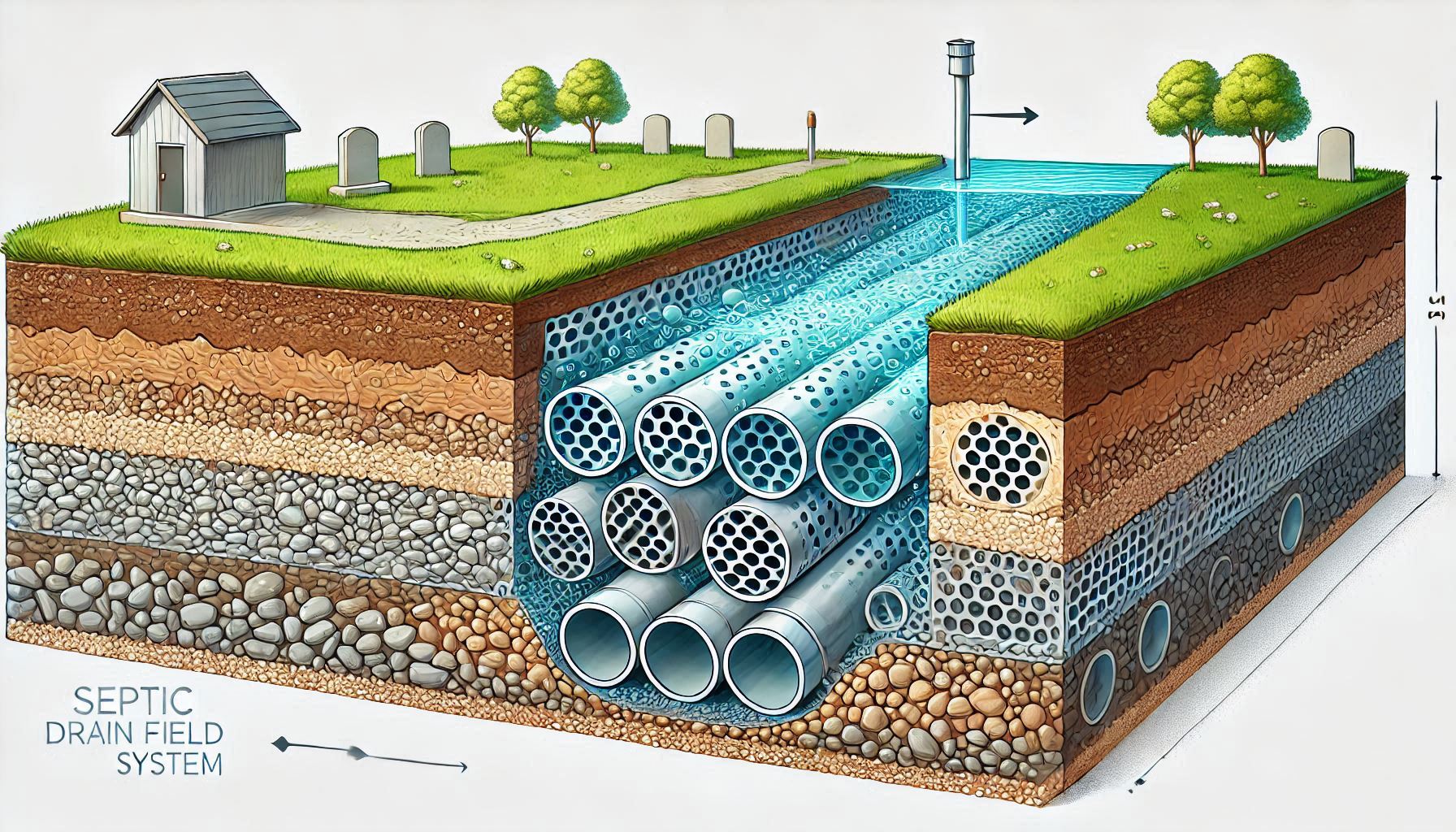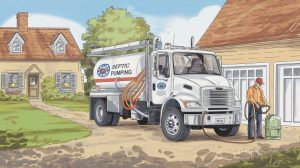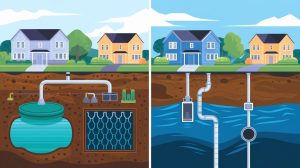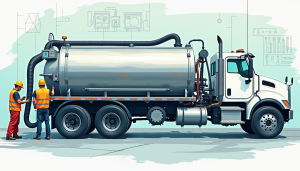Drain fields play a vital role in the proper functioning of septic systems. These underground areas are responsible for managing and treating wastewater after it leaves the septic tank. Central to their efficiency are perforated pipes, which ensure even distribution of wastewater throughout the field. This article explores the functionality, benefits, and maintenance of perforated pipes in drain fields, shedding light on their critical role in keeping septic systems running smoothly.
Table of Content
- What Are Perforated Pipes in Drain Fields?
- How Do Perforated Pipes Work in a Septic System?
- Benefits of Perforated Pipes in Drain Fields
- Choosing the Right Material for Your System
- Maintenance of Perforated Pipes
- Common Problems with Perforated Pipes
- Perforated Pipes and Environmental Guidelines
- FAQs About Perforated Pipes in Drain Fields
- Septifix
- Septic Permit Links by State
What Are Perforated Pipes in Drain Fields?
Engineers design perforated pipes with evenly spaced holes or slots to allow wastewater to flow out gradually. Manufacturers typically make these pipes from durable materials like PVC or polyethylene to ensure they withstand underground conditions. Positioned within the gravel or sand layers of a drain field, perforated pipes distribute wastewater evenly across the area, allowing the surrounding soil to absorb and filter it.
The strategic placement and design of these pipes prevent oversaturation and help maintain the balance needed for effective filtration and treatment. Without them, wastewater could accumulate in one spot, leading to clogs and system failures.
How Do Perforated Pipes Work in a Septic System?
In a typical septic system, wastewater flows from the septic tank to the drain field through a network of pipes. Perforated pipes are essential in this process, as they evenly disperse the liquid waste across the field. The small perforations allow wastewater to seep out gradually, ensuring it spreads uniformly.
This even distribution is crucial because it prevents soil in specific areas from becoming oversaturated. As the wastewater seeps into the soil, natural filtration processes occur, breaking down harmful bacteria and contaminants. This step is vital for protecting groundwater and ensuring environmental safety.
Benefits of Perforated Pipes in Drain Fields
Improved Wastewater Distribution
Perforated pipes ensure that wastewater spreads evenly, reducing the risk of oversaturation in any one area.
- Prevention of Soil Oversaturation: By allowing gradual seepage, these pipes protect the soil structure and enhance absorption efficiency.
- Enhanced System Longevity: Proper distribution reduces strain on the drain field, extending the lifespan of the septic system.
Materials Used in Perforated Pipes
Manufacturers commonly make perforated pipes from PVC or polyethylene because of their durability and resistance to corrosion.
- PVC Pipes: Known for their strength and affordability, PVC pipes are a popular choice for septic systems. They are lightweight and easy to install, making them ideal for most drain field applications.
- Polyethylene Pipes: These pipes are flexible and highly resistant to chemical damage, making them suitable for challenging soil conditions.
Choosing the Right Material for Your System
When selecting perforated pipes, consider factors such as soil type, system size, and budget. For example, sandy soils may require sturdier materials like PVC, while polyethylene pipes might be better for areas with high chemical exposure.
Maintenance of Perforated Pipes
Regular maintenance is crucial to ensure the efficiency of perforated pipes. Over time, debris, roots, and sludge can clog the perforations, reducing their effectiveness.
- Inspections: Schedule routine inspections to identify potential blockages or damage.
- Cleaning: Use specialized tools or professional services to remove clogs and maintain proper flow.
- Preventive Measures: Avoid planting trees near the drain field, as roots can infiltrate and damage the pipes.
Common Problems with Perforated Pipes
Perforated pipes are designed for efficiency but can encounter issues such as:
- Blockages: Debris and sludge can clog the perforations, disrupting wastewater flow.
- Improper Installation: Incorrect placement or slope can lead to uneven distribution.
- Root Intrusion: Tree roots can penetrate and damage the pipes, causing leaks and blockages.
Solutions: Address these problems promptly by consulting septic system professionals and following maintenance best practices.
Perforated Pipes and Environmental Guidelines
Proper installation and maintenance of perforated pipes align with environmental standards. These pipes protect groundwater by treating and filtering wastewater effectively. Compliance with local regulations not only safeguards the environment but also prevents costly fines and system failures.
Conclusion
Perforated pipes form the backbone of efficient drain fields, distributing wastewater evenly and treating it effectively. By understanding their role, selecting the right materials, and prioritizing maintenance, homeowners can extend the life of their septic systems and protect the environment.
FAQs About Perforated Pipes in Drain Fields
How long do perforated pipes last?
With proper maintenance, perforated pipes can last 20-30 years.
What causes clogs in perforated pipes?
Common culprits include debris, sludge, and tree roots. Regular inspections can help prevent these issues.
Can I install perforated pipes myself?
While possible, professional installation ensures proper placement and slope, reducing the risk of errors.
Septifix
